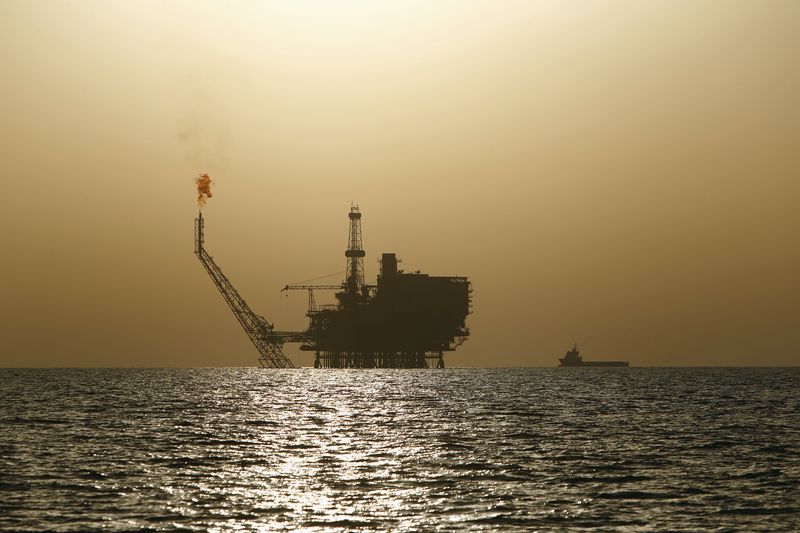Oil rises on Saudi supply signals, but demand fears cap gains

LCO
-0.27%
Add to/Remove from Watchlist
Add to Watchlist
Add Position
Position added successfully to:
Please name your holdings portfolio
Type:
BUY
SELL
Date:
Amount:
Price
Point Value:
Leverage:
1:1
1:10
1:25
1:50
1:100
1:200
1:400
1:500
1:1000
Commission:
Create New Watchlist
Create
Create a new holdings portfolio
Add
Create
+ Add another position
Close
CL
-0.03%
Add to/Remove from Watchlist
Add to Watchlist
Add Position
Position added successfully to:
Please name your holdings portfolio
Type:
BUY
SELL
Date:
Amount:
Price
Point Value:
Leverage:
1:1
1:10
1:25
1:50
1:100
1:200
1:400
1:500
1:1000
Commission:
Create New Watchlist
Create
Create a new holdings portfolio
Add
Create
+ Add another position
Close
DXY
-0.26%
Add to/Remove from Watchlist
Add to Watchlist
Add Position
Position added successfully to:
Please name your holdings portfolio
Type:
BUY
SELL
Date:
Amount:
Price
Point Value:
Leverage:
1:1
1:10
1:25
1:50
1:100
1:200
1:400
1:500
1:1000
Commission:
Create New Watchlist
Create
Create a new holdings portfolio
Add
Create
+ Add another position
Close
By Ambar Warrick
Investing.com— Oil prices rose on Tuesday following commitments to tightening supply from Saudi Arabia and the Organization of Petroleum Exporting Countries (OPEC), although concerns over slowing demand in China and a potential U.S. recession kept gains muted.
Crude markets reversed sharp losses in a volatile session on Monday after Saudi Arabia, the leader of the OPEC said reports suggesting that the cartel planned to hike supply in December were false.
Instead, the OPEC will commit to its 2 million barrel per day supply cut until the end of 2023, and also stands ready to support prices with more cuts, Saudi Energy Minister Abdulaziz bin Salman said.
While his comments helped crude prices recover sharply from a 10-month low, they still remained well below highs hit earlier this month, amid growing concerns that China’s COVID lockdowns and a potential U.S. recession will dent demand.
Brent oil futures rose 0.5% to $87.89 a barrel, while West Texas Intermediate crude futures rose 0.4% to $80.33 a barrel by 22:45 ET (03:45 GMT). Both contracts rose 0.2% on Monday after a volatile session that saw crude sink to January lows.
Crude prices fell sharply last week as rising COVID-19 infections in China raised concerns over slowing demand in the world’s largest oil importer. The country introduced lockdowns in several major cities, including Beijing and Shanghai, as it struggles with a record-high rate of daily new infections.
China’s oil imports slowed substantially this year, and despite a surprise jump in October, are broadly expected to remain muted in the coming months. The country has also ramped up its export quotas, likely indicating a surplus in local stockpiles.
Investment bank Goldman Sachs slashed its oil price forecast for the year, citing the slowdown in China.
Also chipping away at crude prices were concerns over a U.S. recession, particularly as several Federal Reserve members suggested that U.S. interest rates were set to keep rising in the near-term.
Markets fear that a mix of stubborn inflation and high interest rates could hobble growth in the world’s largest economy. The OPEC recently cut its 2022 and 2023 oil demand forecasts citing similar concerns.
Strength in the greenback, as the Fed raises rates, is also expected to weigh on crude rates, which are priced in dollars.
On the other hand, tightening supply in Europe, especially as the west clamps down on Russian oil exports, could benefit crude oil towards the end of the year.
The OPEC’s recently announced supply cut was also seen going into effect this month, as several members began curbing shipments.


